In part one of this two-part blog series, we went over some basics on how to identify spam in your web traffic. No one wants spam on their business website in any way, as it risks everything from a worse customer experience to dropping page rankings from Google and other search engines, and taking the right steps to identify and remove it is very important -- which can be done using a few simple tools that help point to likely spam.
At Be Locally, our SEO services include a wide range of specific solutions, and limiting spam is absolutely something we'll assist you with. In today's part two of our series, we'll go over some of the other tools available for identifying spam on your site, plus how to utilize them.
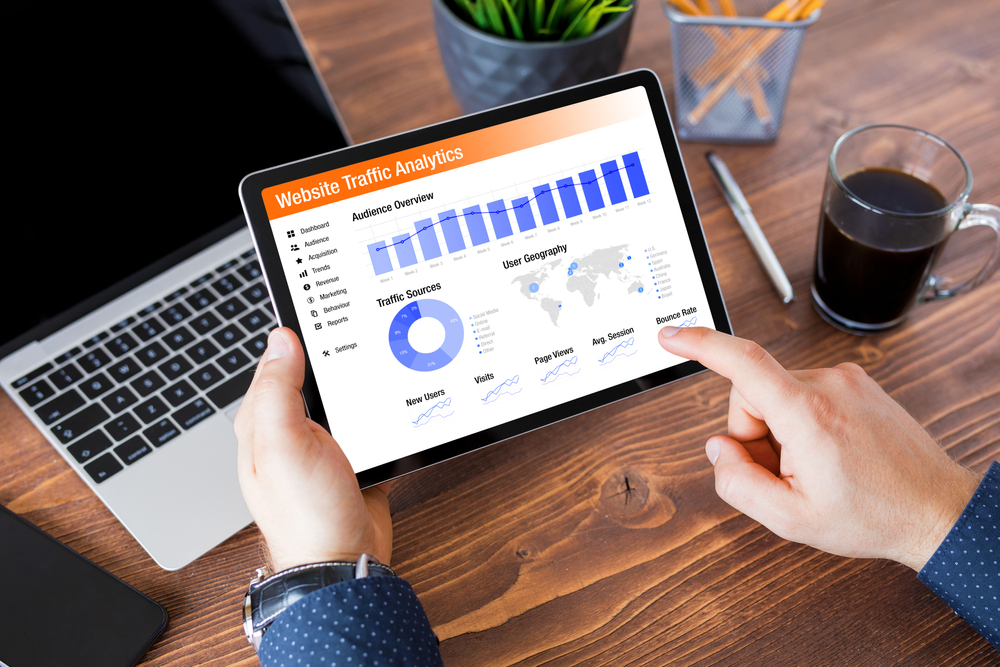
When you have quality, non-spam traffic on your site, it's normal for users to view multiple pages in the same session. If you see a high number of pages per session in your analytics, but a low average time on site and high bounce rate, this is an indication that something is off -- likely that the traffic is coming from bots designed to quickly hit as many pages as possible rather than real people actually reading your content.
Specifically, if your pages per session is sitting around 1.0 or not much higher, that's a sign that you should investigate further as to where this traffic is coming from.
Referral traffic is simply traffic that comes to your site from another site -- for example, if someone clicks on a link to your site from another site, that referral traffic. You can find information about referral traffic in most analytics platforms, and it's a good idea to keep an eye on it.
If you see a sudden or significant spike in referral traffic from a site you don't recognize, that's another sign that something might be off -- especially if that traffic doesn't seem to be resulting in anyengagement (like pageviews, time on site, etc.) on your site.
While some increases in new users to your site are to be expected, such as if you recently ran a marketing campaign that resulted in more traffic, if you see a sudden or significant spike in new users with very little other activity on your site, that's another potential sign of spam.
These kinds of spikes, especially when compared with your past traffic patterns, can help you determine if the traffic you're seeing is real or spam.
By keeping an eye on these key metrics, you can get a better idea of whether or not the traffic you're seeing is real or spam. If you see any red flags, it's important to investigate further to ensure that your site isn't being targeted by spam.
At Be Locally, we can help you identify and remove spam from your site so that you can focus on attracting quality traffic that will result in more leads and sales for your business. Contact us today to learn more about our SEO services and how we can help you take your online visibility to the next level!
There are a few undesirable terms or items in the world of SEO and digital marketing, and one of the most well-known is "spam." Referring to low-quality content or messages that are sent to large audiences for the purposes of non-solicited advertising, spam is one element that digital marketers and business owners everywhere are typically looking to limit within their traffic, content and other website areas.
At Be Locally, we're here to help with a huge range of SEO services, from web design to content and traffic moderation and numerous others. We'll show you a number of methods to both identify and limit the presence of spam within any part of your site or related marketing areas, including social media as well. One of the most important parts of this entire conversation: The identification of when traffic is likely spam, versus when it's not -- especially if you've recently seen some major traffic increases and want to determine their legitimacy. In this two-part blog series, we'll go over some of the top indicators that will help point you to spam content, plus how to utilize them.
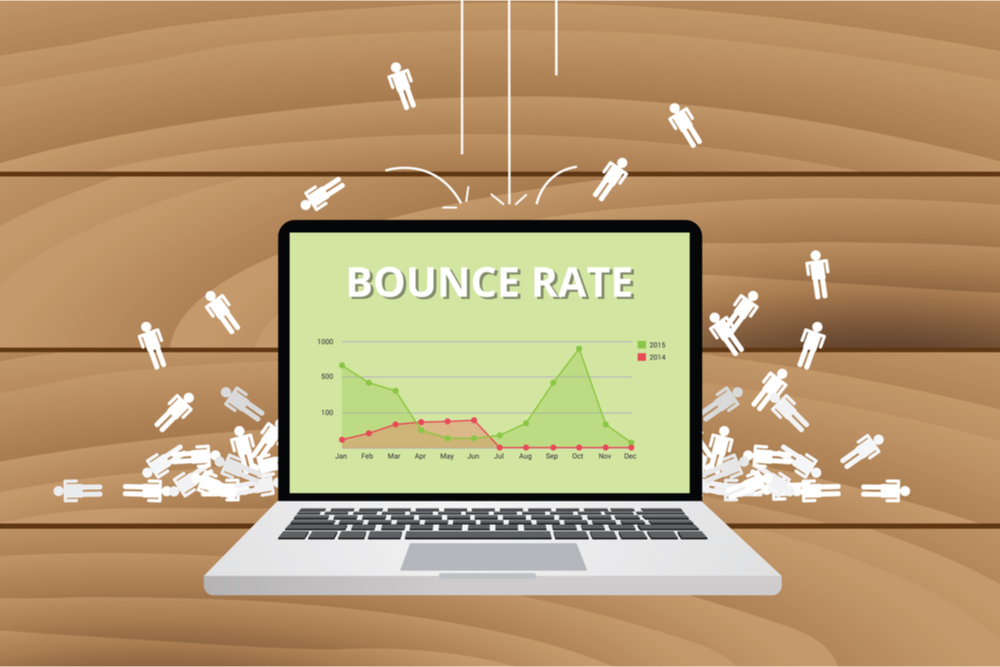
One of the most important metrics on Google Analytics, and for several reasons (including some that don't relate to spam at all), is average session duration. As the name indicates, this metric tracks and reports the average amount of time that users spend on your site during a given session. A "session" is defined as a period of continuous activity -- so, if a user clicks away from your site and then comes back later, that would count as two separate sessions.
This metric can help you determine whether or not incoming traffic is spam for a few reasons. First, it's important to understand that spammers are typically looking for a quick hit: They want to get their message out there and move on to the next target. That means that, in general, spam sessions will be shorter than average. If you're seeing a sudden influx of traffic with very short session durations, that's a strong indicator that spam might be at play.
Of course, there are always exceptions to the rule -- and it's important not to immediately discount all short sessions as spam. Sometimes, users might simply not have time for a longer session, or they might get pulled away from your site before they're done exploring. In general, though, this is a good indicator.
Another major Google Analytics metric, bounce rate is defined as the percentage of sessions in which users view only a single page on your site before leaving. So, if a user comes to your site, views one page and then clicks away, that would add +1 to your "bounce" total.
Bounce rate can be affected by several factors, including page load time, content relevance and more -- but, in general, a high bounce rate is not desirable. If you're seeing a sudden increase in traffic along with a spike in your bounce rate, that's another possible indicator of spam.
Again, there are exceptions to the rule here: sometimes, users might come to your site specifically looking for a single piece of information, and they'll find it and leave without looking at anything else. In general, though, a high bounce rate combined with other indicators on this list should raise a red flag.
In part two of our series, we'll go over several other metrics or indicators of possible spam. For more on this, or to learn about any of our SEO or other digital marketing services, speak to the team at Be Locally today.
The world of SEO is a comprehensive one, and it requires attention to several different areas for success. One of these that's important for virtually any business looking to maximize SEO and digital marketing returns: Identifying and tracking primary competitors in your industry.
At Be Locally, this is just one of many themes we assist clients with within our SEO programs, which include everything from on-site optimization and local SEO to web design, PPC and various other off-site areas. Before you can learn from your competitors in the SEO space, you need to be able to properly identify them; this two-part blog series will go over a few different strategies we may recommend for doing so.

A big part of this broad approach is the theme of relevance and direct or indirect competitors. You will have "relevant" competitors within each of these areas, possibly, plus another:
With direct competitors, the need for understanding is pretty clear: You want to know what they're doing, how they've positioned themselves and what tactics are working for them. We'll go over these in our next sections, however.
One of the larger mistakes we see companies make is only utilizing direct competitors for their intelligence, and in doing so they're leaving out a lot of valuable insights. Indirect competitors can provide a unique perspective on the market as a whole, often revealing areas where your target audience is being spoken to, but not by you.
There are two ways to glean this kind of intelligence: Watching what they do and looking for marketing channels you're not utilizing. As you watch what indirect competitors do, you'll want to note things like the topics they cover, the tone of their content, the design of their website and how they're using social media.
In addition, there are even uses for semantic competitors as you look to glean insights from your competition. Knowing where your audience goes to find information about your product or service can give you a good indication of where to allocate resources for content and marketing.
One way we like to use semantic competitors is by utilizing Google AdWords to identify keywords that they're bidding on and/or ranking for. This will give you an idea of the topics they deem important, and in some cases, even the keywords you should be targeting yourself.
In part two of our series, we'll go over some other approaches to identifying and learning from your SEO competition. For more on this, or to learn about any of our SEO services, speak to the team at Be Locally today.
In part one of this multi-part blog series, we went over some basics on a vital tool for online marketing professionals and business owners: Google My Business. Abbreviated GMB, this is a huge platform run by Google that allows local businesses to submit information, manage reviews and answer questions, post videos and much more.
At Be Locally, we're happy to help with numerous local SEO areas, including understanding and optimizing for GMB factors. We'll assist you from the ground up here, even if that means we help you with creating a new Google profile to begin with, one you'll use to manage your GMB needs moving forward. Today's part two of our series will look at some basics on where you'll commonly see GMB info publicly, plus dig into your management dashboard and the options it offers you, plus how to respond in case of GMB problems.
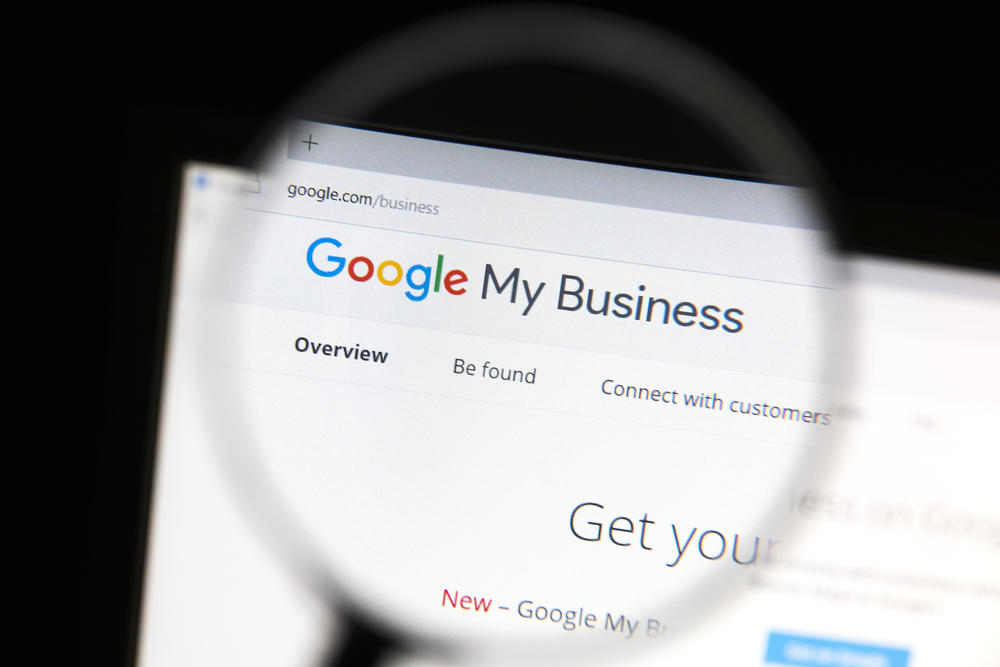
Once you've created your GMB profile and inputted data, it will begin appearing on various local search displays for both mobile and desktop. Here are some of the areas you'll see it:
The majority of your GMB management will come through the Google My Business dashboard, which has several components: Info, reviews, images, posts, products and more. There are numerous insights to be gleaned from this dashboard, including the GMB Insights analytical feature that allows you to view data on search impressions, customer actions, search terms that result in impressions for your business, and more.
For simpler questions or issues with GMB, you might visit the GMB Help Community Forum, which is manned mostly by volunteers. For more significant issues, like issues with listings, you will need to speak to Google directly, which involves a bit more effort.
For more on optimizing Google My Business, or to learn about any of our local SEO or related services like PPC, web design and other services, speak to the staff at Be Locally today.
In part one of this two-part blog series, we went over some of the basics on internal links within the world of search engine optimization (SEO). Vital for allowing internal navigation, but also very important for ranking quality and information hierarchy, internal links are a key SEO concept that must be considered for any digital marketing effort.
At Be Locally, we're happy to assist with internal links and numerous other specifics as part of our comprehensive SEO services, which include everything from local SEO to organic SEO and other specific themes. Today's part two of our series will go over a few more of the general tips we tend to offer clients when it comes to maintaining strong internal linkage in ways that will not only make your pages easy for users to navigate, but will also improve your visibility and rankings with search engines.
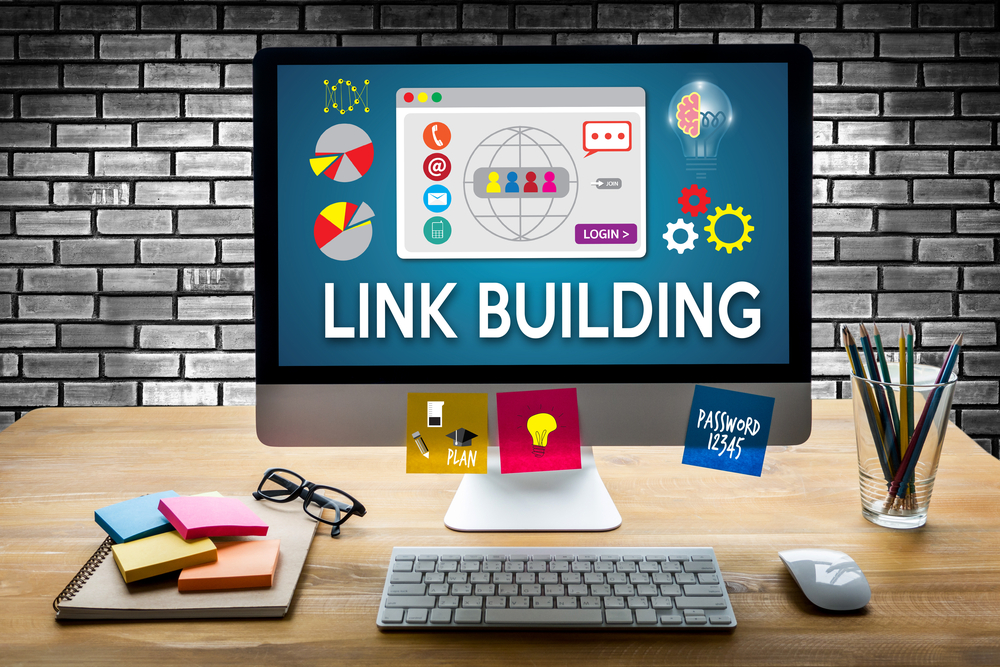
One of the key factors that determines the success of internal links: Their topical relevance, which you should be focusing on as heavily as possible. Anytime you are creating links for a new page, think about which other pages already on your site are most closely-related to it – these are the top options you should be considering for internal links.
This theme has value in both user functionality and Google rankings. Specifically, Google has a metric known as Topical PageRank, which evaluates which links have the most relevance given the other content on your site; however, this metric is not public, meaning you will have to work to find the pages that have the best indicators. These are often those that do well in Domain Authority, for example.
Success in internal links isn't just about creating the right links – it's about avoiding the wrong ones, which will actually penalize you in many cases. If you have too many links on a given page, for instance, Google's trackers will become diluted and will give a lower overall value to the entire page. But if you eliminate some of the lower-value links here, such as those that are not engaging or relevant given the page content and aren't likely to be clicked, the sample will not be diluted and Google will assign the proper weight to your quality links.
Finally, do your best to make every single link on your site unique. Links should be natural, organic ways of allowing visitors to navigate to other related pages, using simple language that makes them very easy to understand. Google will detect attempts to manipulate link titles or similar areas, and will drop rankings if so – so don't even worry about that angle, and simply make your links simple and unique.
For more on how to optimize internal links within SEO, or to learn about any of our SEO, PPC or other online marketing services, speak to the staff at Be Locally today.
In part one of this two-part blog series, we went over some of the basics on how the world of SEO and internet marketing has changed for businesses during the COVID-19 outbreak. Numerous businesses have seen, and continue to see, major shifts in their markets or business factors, and many SEO and related campaigns have changed a great deal as a result.
At Be Locally, we’re happy to provide high-quality SEO services that are versatile and adaptable to any situation based on our expert SEO team. We’ve proudly taken on the task of assisting many of our clients with changes to their business, budget and marketing needs since the outbreak began, and will continue to provide valuable insights and expertise in this area. While part one primarily focused on businesses who have seen big increases in demand due to the pandemic, today’s part two will discuss businesses on the other side of the coin who have been negatively impacted by the crisis, and what they can do from an SEO perspective to stay afloat.

Many of the businesses that have seen decreases during the outbreak involve in-store purchases or luxury goods, though there have been others as well. In all cases, one of the best things you can do is continue to highlight products or services you know will remain relevant even despite decreases in other areas.
Take clothing companies, for instance, which have been some of the most significantly impacted during this crisis. Many of their clothing types will not be as popular for the time being – but sweatpants, lounge shirts and other at-home clothing is at a premium. Companies like these will do well to promote these kinds of products and emphasize their still-relevant areas.
Businesses that offer in-person experiences where you try a product or service out have also been heavily impacted. Wherever possible, such businesses must look for ways to convert these experiences into virtual ones – whether that means a visual experience only or some kind of a program where you send products to clients for them to test out on their own before returning if they don’t want them.
As you’re changing up product pages, website content or other related areas, keep your messaging in mind. Many companies find themselves in a situation where their normal brand messaging simply won’t play well during the outbreak – you don’t want to be reminding them of negative things. Make sure your messaging remains mostly positive, but also takes the context of the situation into account and isn’t unrealistic.
Finally, one great program many businesses are looking to more during the crisis: Offering buy-now, pay-later programs to clients. Not only are many client budgets tighter right now, people are wary of spending on things they don’t absolutely need – but if they don’t have to pay for it for a period of time, they may be more willing.
For more on SEO and website themes to maintain businesses taking a hit during COVID-19, or to learn about any of our PPC, web design, social media or other services, speak to the staff at Be Locally today.
We’re over six months from society’s introduction to the COVID-19 outbreak, but the pandemic continues to impact numerous areas of life – including marketing and advertising for businesses. Many businesses have seen major shifts in their markets, profits or related factors as a result of the outbreak, and this is an area online marketers and SEO experts have to be considering while organizing campaigns.
At Be Locally, we’re proud to continue assisting numerous clients with this and a variety of other search engine optimization (SEO), PPC, web design and related themes. Responding to changing business conditions is a huge part of a successful SEO campaign, including for huge societal changes like this one. Using COVID as our test case, there are two distinct tracks of businesses we’ll speak to in this two-part blog: Those who have seen major increases in their business due to recent shifts, and those who have seen big decreases for similar reasons. First up today is companies experiencing huge positive shifts in product or service demand.

While this will vary somewhat between areas and specific businesses, there are definitely certain types that are seeing mass increases in demand over the last six months, largely due to COVID-related areas. Some of the most common include home office supplies (more people are working from home than ever), sporting goods (outdoor activity has taken the place of the gym for many) and outdoor furniture (outdoor living is the way to go).
In addition, businesses with strong online presences tend to see the biggest increases here. This is because social distancing measures have made online purchases even more popular than they already were during this unique time.
What are some of the SEO practices your online marketing team should be considering if you’re among these businesses, or others in a similar position?
In some cases, your demand for certain products may be so high that your supply chains run into issues. Some of these area areas outside SEO you’ll have to deal with, including ensuring your suppliers are able to get you the requisite products.
From an SEO perspective, one major tip: Do not 404 (Not Found) these pages unless they will not be restocked at all. If you plan to restock them, you need to be able to act quickly once they come back in. Make sure clients have information on alternative locations for finding the product, or for notifications once it’s back in stock.
This unique period has also seen many businesses increase their sales due to lifestyle changes, and you can capitalize on this within SEO. Use language and images that speak to your new product relevance and uses wherever possible here.
Many of your clients will be on your pages looking for solutions to their concerns or answers to their questions during this time period. Your on-site messaging must be prepared for this – many have built a new COVID FAQ page, for instance, or have listed a disclaimer on their homepage detailing the safety precautions being taken.
Browse your social media accounts, chat logs and other customer areas to get an idea of major concerns customers have while building these sections.
For more on how to handle surging business demand as a result of COVID-19, or to learn about any of our SEO or other marketing services, speak to the staff at Be Locally today.
In part one of this two-part blog series, we went over some of the preliminary basics when it comes to claiming your business listing on various online hubs. This practice, which is vital for improving the way your site is viewed by a variety of prospective clients, is very important across a variety of industries using SEO and other online advertising formats.
At Be Locally, we’re proud to offer a wide variety of local SEO and other SEO services in addition to PPC, web design and several other parts of a comprehensive online marketing strategy. We’ve helped numerous clients with claiming their business listings and optimizing these areas, and we’re here to do the same for you among our varied services. Here are some additional pointers and tips for this process.

We went over the three primary listing sites to consider in part one of our series, and virtually all business owners who are advertising online in any way should look into claiming their listings on these sites. In addition, though, it’s important to consider the top listing sites for your specific industry.
Are you unsure what these sites are for your particular industry? Never fear. There’s so much information out there in this field these days that all you have to do is search your industry on Google – look for phrases that relate to your specific business type to lead you in the right direction. Be sure to claim listings on at least the top couple review sites in your industry.
Some naturally assume claiming a review listing is a difficult and complex process, but this actually couldn’t be further from the truth. It’s incredibly simple, with the following steps involved:
Now, this process will differ somewhat between each listing site. Be sure you keep track of different listings in a spreadsheet or another resource, with the date you submitted them and other important information.
In addition, there are modern automated services that manage local business listing data available. Speak to our team about these.
A few clarifications and errors to avoid during this process:
For more on claiming your site’s review listings, or to learn about any of our SEO marketing services, speak to the staff at Be Locally today.
The internet is the single largest resource for consumers looking for local businesses and services, and it’s vital for businesses to control what consumers are seeing about their business. There are several tools and areas to pay attention to here, with one of the largest being various listing and review sites present on the web.
At Be Locally SEO, we’re proud to offer a variety of local SEO services, from optimization and keyword targeting to web design, PPC and social media marketing themes. One of the most important concepts with controlling what consumers see about your business is what’s called “claiming” your business listings and reviews – this two-part blog will go over the basics on listing and review sites, which are most important for claiming and how this process works.
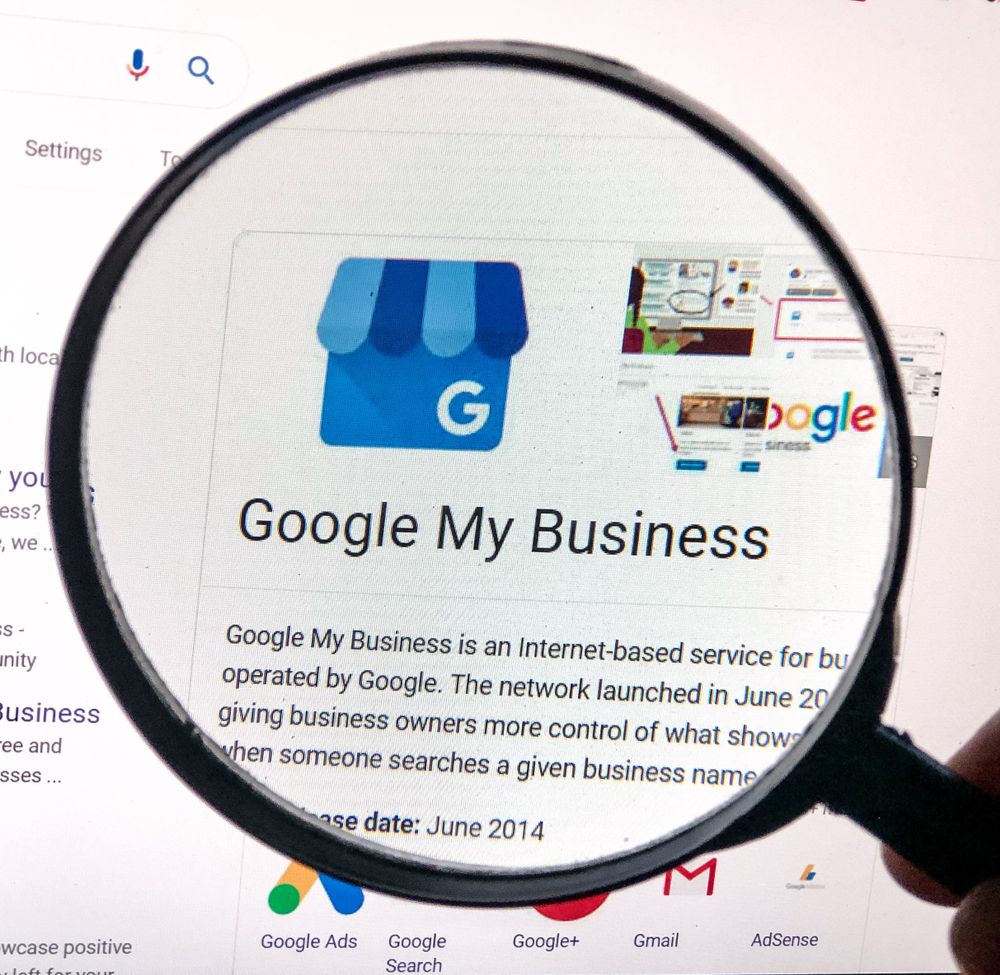
The business world has gone digital over the last couple decades, and this has expanded the network of individuals who judge and review a business. While this used to just be determined by a small number of industry-specific critics (think food critics for restaurants, for instance), online listings allow for far more people to review or otherwise judge a given business establishment, then post their opinions for others to read.
And with so many others looking for recommendations online, these reviews tend to be well-read. For business owners and marketing managers who are looking to improve the way their business appears online, one of the biggest factors is claiming the business on these listings or review sites – which really just refers to letting the site know that you are the owner of a business so they can update your information.
In many cases, businesses will be listed online but not claimed because a customer entered the information after visiting your business. With any luck, your information will be accurate – but if it isn’t, you have to claim it so you can control this realm.
Now, those with experience in this realm may have a major question at this point: Which sites should I claim my business on? There are literally thousands of review sites out there, so it can be hard to know which to prioritize. Generally, though, three stand out above the rest:
For more on listing and review sites and why claiming them is important, or to learn about any of our search engine optimization or other services, speak to the staff at Be Locally SEO today.
In part one of this two-part blog series, we went over some of the challenges many e-commerce and online-facing businesses are facing during the recent COVID-19 outbreak around the globe. Specifically, we dug into high numbers of out-of-stock product pages that are creating unique issues many business owners and SEO pros have never faced before.
At Be Locally SEO, we’re proud to be continuing all our high-quality SEO, PPC and web design services during this crisis period. We have taken all the appropriate health steps to allow our expert staff to work safely from remote locations, providing the same elite services you’ve come to expect from us. In today’s part two, we’ll discuss ways you can tweak your SEO so these pages continue to provide value, plus internal search factors and options to think about.

As we discussed in part one of our series, there are some tools you can utilize to attempt to solve this problem – but many of them aren’t too effective. They might only work in extremely specific scenarios, with others presenting too many timing and other risks to rely on. With this in mind, your goal is to do everything you can to keep your pages indexed and ranking, and doing this means providing continued value to search visitors.
The biggest theme to focus on here is giving search visitors alternatives and choices wherever possible when the products they’re searching are out-of-stock. If you have a different retail location where a product is in stock, for instance, make sure your site notes that in the search results. If this option isn’t possible, you can also consider creating a “back in stock” button that creates a notification for the user when their product returns to stock. Finally, you may also consider an “also available” section that lists similar or related products that are in stock.
What about searches within your site for products that are out-of-stock? Blocking these pages may impact your rankings based on internal link equity, for instance. Generally speaking, there are two approaches to take here:
For more on managing out-of-stock product pages from an SEO standpoint during this crisis period, or to learn about any of our SEO services or web design, social media marketing or other areas, speak to the staff at Be Locally SEO today.
